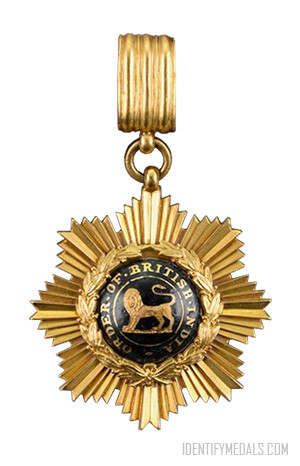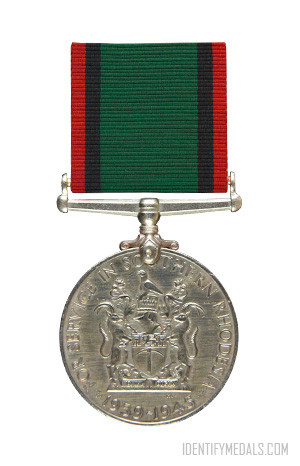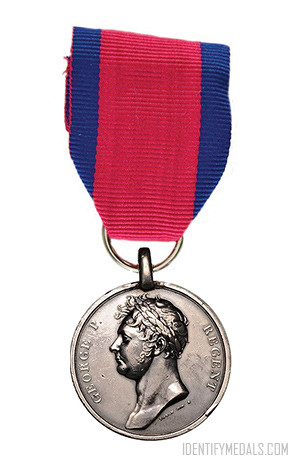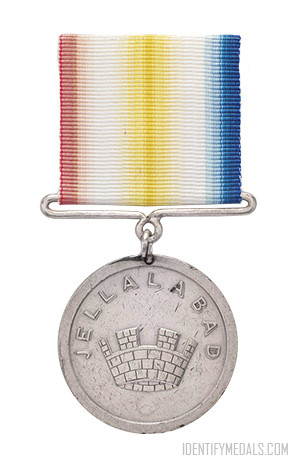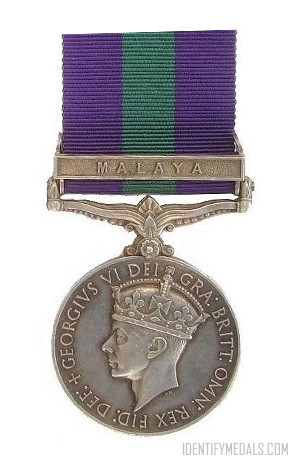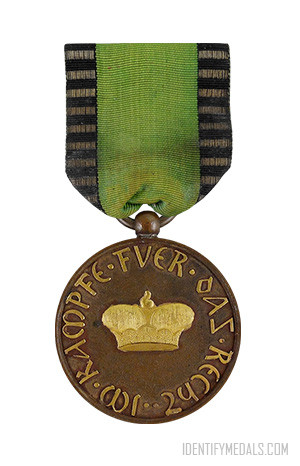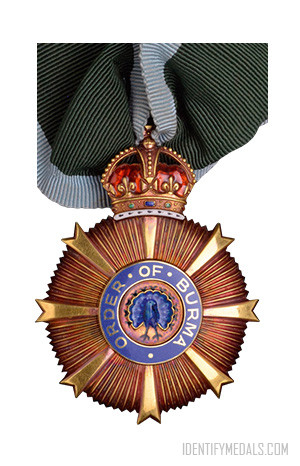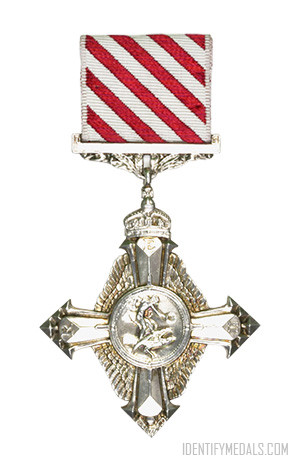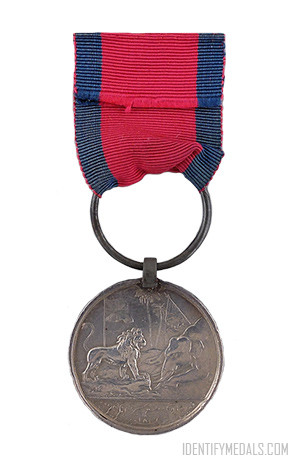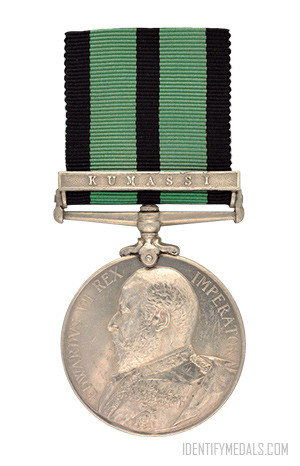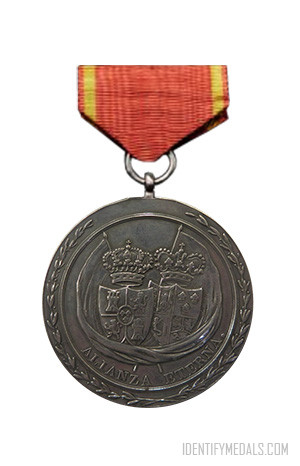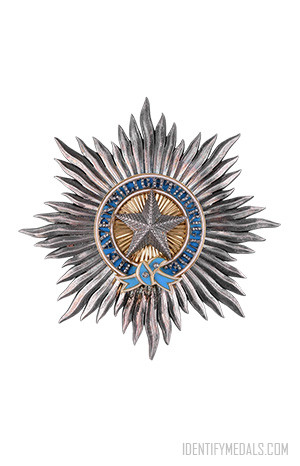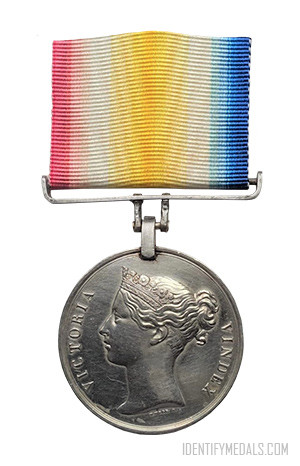- Time Period: Pre-WW1 Period
- Year of Institution: 17 April 1837
- Country: Great Britain
The Order of British India is an order of merit established in 1837 by the East India Company and incorporated into the British Honors System in 1859. It’s awarded for “long, faithful and honorable service“.
The Order was awarded by the Viceroy of India to selected serving officers of between 20 and 30 years of service. It was initially intended as a means of providing recognition for serving Indian officers in the East India Company’s military forces, as the so-called “Native Officers” faced slow promotion under a system that was based on advancement through seniority.
The 1st Class of the Order, limited to a further 100 people, conferred the title of sirdar bahadoor (heroic leader) and an increase in salary of two rupees a day. Appointments to the 2nd Class, entitled the recipient to the title of bahadoor (hero) and a more modest wage increase. Holders of both classes could use the post-nominal letters OBI.
In September 1939 eligibility was extended to include native officers serving in the Indian States Forces, Frontier Corps and Military Police, and further extended in January 1944 to include native officers and Indian Warrant Officers in the Royal Indian Navy and the Hong Kong and Singapore Royal Artillery, as well as foreign officers.
The order became obsolete in 1947, after the partition of British India into the Dominion of India and the Dominion of Pakistan.
The Order of British India Design
The badge for the First Class consisted of a gold star 1.7 inches (43 mm) in diameter composed of rays of gold. In its center are the words ORDER OF BRITISH INDIA encircling a lion on a background of light blue enamel, surrounded by a laurel wreath and surmounted by a Crown. The enamel behind the wording was dark blue until 1939, when it was changed to the same light blue as appears behind the lion.
The badge for the Second class comprised a slightly smaller gold star 1.5 inches (38 mm) in diameter of similar design to the first class, but without the crown and with the center enamel in dark blue enamel.
The ribbon was originally sky-blue but changed to dark red in 1838 after it was found that the hair oil favored by Indian soldiers stained the ribbon. From September 1939 the first class ribbon had two thin light blue strips added towards the center of the dark red ribbon, while the second class had one light blue stripe added to the center of the ribbon.

